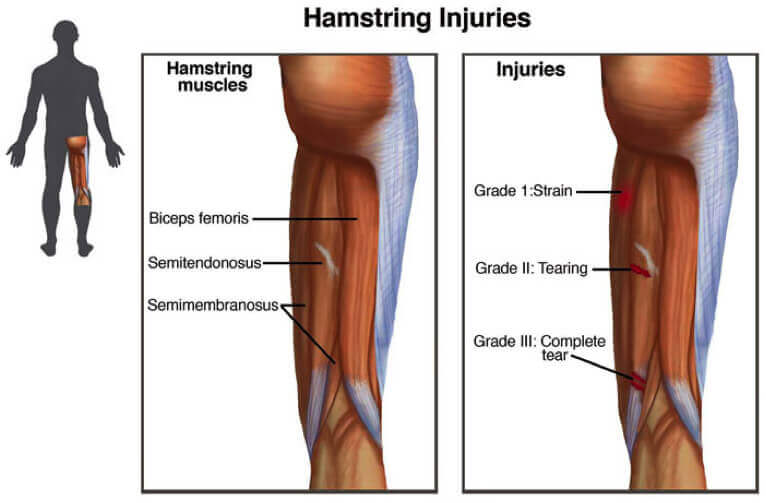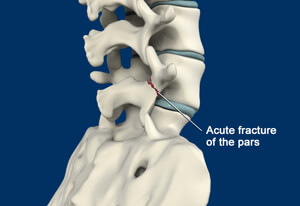So the summer is upon us and with the cricket world cup now well under way we felt there was no better time than the present to discuss some common injuries associated with the sport. Sports Therapist Bridget discusses some of those that might occur:
Hamstring Strain
There are three muscles at the back of the thigh which as a group are known as the hamstrings. Their primary job is to bend the knee and extend the hip which happens during both bowling and batting. Often, as a result of overuse or acceleration, the muscles may tear (the technical name for this is a ‘strain’). In cricket hamstring strains can occur during bowling or running.
How will you know if you have sustained a hamstring strain? Typically you would feel pain in the back of your thigh and you will be unable to walk properly! Bending your knee and swinging your leg backwards will both be painful and difficult to do.

Rotator cuff impingement
The rotator cuff is a group of four muscles and tendons which surround the shoulder and stabilize it by holding the arm bone in the socket. Their function is to rotate the arm and take it out to the side. They are used extensively in sports with repetitive overhead movements such as cricket – mostly during bowling, batting or throwing. Overuse of these muscles can cause them to tear in the muscle belly or become inflamed at the tendon where the muscle attaches to bone.
With both of these conditions people typically get an ache into the shoulder and are unable to do simple things like putting a jacket on pain free or reaching for things. Also, lifting your arm above your head will be difficult.

Lumbar stress fracture
This is much less common than the ones listed above, but may be worth a mention here anyway. There are 24 separate vertebrae that make up your spine, each of which has two small areas of bone between the main body and the process at the back (which are the bits you can feel when you touch your spine). Due to repetitive loading such as that in cricket, these bones can gradually weaken over time, leading to a fracture. Stress fractures may occur in the younger cricketer as well as in fast bowlers, however fast bowlers are more prone due to their delivery stride, where their back is put into repetitive extension, rotation and side flexion. This combined movement puts a lot of stress on the facet joints the discs and these areas of bones mentioned above.
The main symptom of a stress fracture tends to be low back pain on one side which is worse when you bend backwards and eases with rest. As mentioned these do tend to be rare, and more common issues should be ruled out first.

These are just some of the injuries that are common during cricket however they are not exclusive and many other injuries can occur.
So what should you do if you think you have suffered an injury? Follow this advice below to aid your recovery, but always make sure to get it checked out early and stop it building up into something bigger:
- PROTECTION: Protect the area by avoiding activities and movements that increase pain during the first few days after injury.
- ELEVATION: Elevate the injured limb higher than the heart as often as possible.
- AVOID ANTI-INFLAMMATORIES: Avoid taking anti-inflammatories as they reduce tissue healing.
- COMPRESSION: Compress the area by using an elastic bandage or taping to reduce swelling.
- EDUCATION: Your body knows best, but remember to seek our advice if you’re not sure about what to do.
If you think you or a friend or family member may have sustained one of the above injuries during training or a match, please come in and get it assessed by one of our Sports Therapists.

